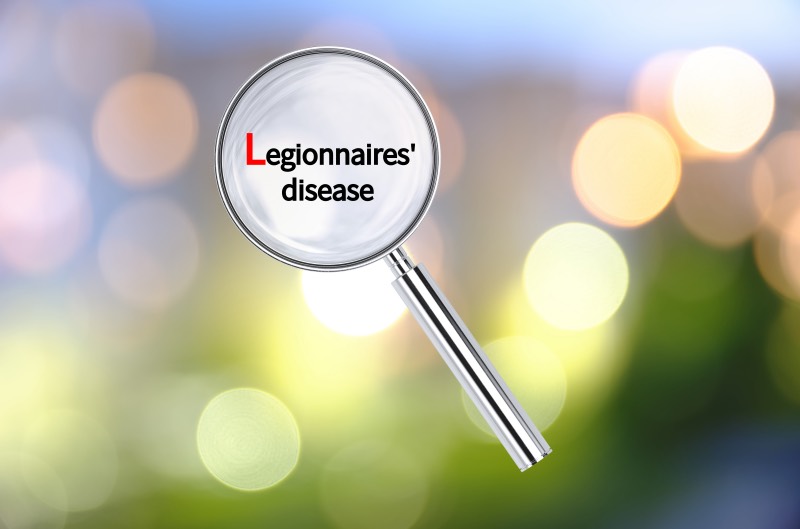
As holiday home owners we have a number of responsibilities to ensure guest health and safety. The annual gas check, visit from the chimney sweep, Portable Appliance Testing (PAT), electrical safety checks and fire risk assessments are all part of our health and safety ‘to do’ check list. Perhaps less well known, but one that should also feature on the list, is a Legionnaires’ disease risk assessment.
Like a lot of rules and regulations surrounding holiday lets, it is hard to find specific guidance and laws surrounding Legionnaires’ disease. Whilst it is not something that is commonly talked about in the holiday rental market, having a strategy in place to help prevent Legionnaires’ disease is something that we should all consider. This article aims to raise awareness of the guidance and laws surrounding Legionnaires’ disease and what this means for you. It is by no means a definitive guide but aims to make you aware of potential risks and responsibilities to allow you to conduct further research and seek expert help and guidance where needed.
What is Legionnaires’ disease?
Legionnaires’ disease is a type of pneumonia which is caused by inhaling small droplets of contaminated water that contains legionella. The flu like symptoms include aches and pains, headaches, chills, lethargy, tiredness, and a high temperature. In some cases, sufferers can appear confused or disorientated. These symptoms can be followed by a persistent cough and shortness of breath. They usually start appearing between two and ten days after infection. As the illness progresses, it can be fatal. Legionnaires’ disease is not contagious.
What causes Legionnaires’ disease?
Bacteria called legionella causes Legionnaires’ disease. The most common cause of infection is when someone breathes in tiny water droplets which contain the bacteria. The bacteria is fairly common but normally only exists in amounts too small to cause infection. However, when the conditions are right it rapidly multiplies to dangerous levels.
Like most holiday makers, legionella likes warmth and food. It thrives in warm water that is between 20°C and 45°C, especially where there is a food source such as algae, sludge, lime scale or rust. These conditions exist in all domestic hot and cold water supply systems, along with air-conditioning systems, hot tubs and swimming pools. It can also be found in natural water areas outside the home such as ponds and streams. However, these tend to be in lower levels than those normally posing a risk. It has occasionally been found in shower heads and fountains.
How common is Legionnaires’ disease?
Thankfully, Legionnaires’ disease is not that common in the UK. Public Health England reported 516 cases in England and Wales in 2019. Around 90% of people make a full recovery after being treated with antibiotics. However, some sadly go on to develop pneumonia or sepsis which can be fatal. The biggest risk is to those who are over 50 years old, are heavy smokers or drinkers, have a pre-existing condition including lung disease or diabetes and already have a weakened immune system.
What are my legal responsibilities as a holiday home owner?
Whilst the guidance and laws surrounding Legionnaires’ disease and holiday home owners isn’t black and white, there is a general duty of care to ensure guests are not put in any danger during their holiday.
Section 3(2) of the Health and Safety at Work Act 1974 (HSWA) ensures relevant legislation applies to landlords in order to protect tenants against health and safety risks. In addition, the Control of Substances Hazardous to Health Regulations 2002 (COSHH) provides a list of recommendations to help minimise the risk from a number of biological agents including legionella.
More recently the Health and Safety Executive (HSE) have published guidance aimed at “employers and people in control of premises, eg landlords, where manmade water systems are used that could be a potential source for legionella bacteria growth”. In this case, holiday home owners are the “people in control of premises” and should therefore take the same legal responsibility as landlords regarding the risks posed by Legionnaires’ disease.
What does this mean in practice?
Whilst landlords have a legal duty to assess and control the exposure risks of legionella bacteria, Health and Safety law does not require landlords to produce or obtain a Legionnaires’ testing certificate. However, in the unlikely event that a guest were to contract Legionnaires’ disease whilst staying in your property, it might be necessary to demonstrate that you had fulfilled your obligations to ensure ‘a general duty of care’ for your guests whilst they are on holiday. A simple risk assessment should do this.
There is no reason why you cannot carry out your own risk assessment. The Residential Landlords Association has further information on how to do this. Assuming the risk assessment shows that the risks are insignificant and simple control measures have been put in place, it is unlikely that any further action will be necessary. You do not need to repeat the risk assessment on an annual basis, but it is sensible to review it periodically.
Simple control measures
For most holiday lets the risk assessment is likely to show that the risks are low as long as simple control measures are followed. The temperature of water is key in controlling the risks of exposure to legionella, so it is important that both hot and cold waters are kept as their name suggests (i.e. hot and cold!) and that water is kept moving.
Hot water should be heated to at least 60°C, even if it is delivered at a lower temperature to avoid scalding, while cold water should be stored at no more than 20°C. Keep a notice on your boiler asking guests not to alter the boiler temperature and check this on changeovers. You can find more information on how to check your water temperature here. It is easy for water to accumulate in shower heads and shower hoses so these need to be cleaned and descaled regularly. We recommend that you disinfect your showerhead about four times a year.
It is also important to manage the risks of legionella during periods when your holiday home might be empty. It’s vital that water in the system is kept moving as stagnation encourages bacterial growth. If there are parts of the property which aren’t regularly in use, or if the accommodation isn’t occupied for a period of a week or more, you need to flush the system. This means running all taps and showers for a minimum of two minutes once a week, plus flushing all the toilets. To reduce the risk of you inhaling any bacteria during the process you should avoid splashing the water. Turn the taps on gently and leave the room whilst the water is flowing. If the shower has not been used for more than two weeks the showerhead should be disinfected.
Do a visual inspection of all the plumbing. Check for any cracks, corrosion or rust in the water tank and pipework. It is important to avoid debris getting into the system and remove any pipework that is no longer in use. Legionella risks are further reduced where ‘water on demand’ systems are used such as electric showers and combination boilers as there is no need to store water.
Legionnaires’ disease and hot tubs
Hot tubs are becoming increasingly popular in holiday lets. However, whilst hot tubs are likely to secure more bookings, they do also bring additional risks, including those associated with legionella.
The water in a hot tub is typically heated between 35°C and 40°C degrees which is the perfect temperature for bacteria growth. In addition, the dead skin cells, dirt and hair from the people using the hot tub provides an excellent food source for the bacteria. If the hot tub is outside, there is also the potential for debris from the natural environment to get into the water, which again is a potential food source for the bacteria. This brings home the importance of a well-fitting lid for when the hot tub isn’t in use.
In addition, the bubbling action of a hot tub and the steam coming off the water means that anyone sitting in it, or passing by it, is likely to be breathing in the airborne water molecules, from which the legionella bacteria can be inhaled.
Health and Safety Executive Guidance 282
The recent boom in hot tubs has resulted in the Health and Safety Executive providing information and advice for people responsible for managing hot tubs used as part of a business activity. In 2017 the Health and Safety Guidance 282 (HSE282) was published. The HSE282 is a health and safety document to help control the risks associated with a hot tub, primarily the control of any infection that could be caught from the water. It is a code of practice and not legislation. Following the guidance is therefore not compulsory. However, in the event of an incident, Health and Safety inspectors may refer to this guidance to ensure compliance with the law to provide ‘a general duty of care’ to your guests.
What does this mean in practice?
The first course of action is to carry out a risk assessment on your hot tub, which you should be able to do yourself. It is likely that you are already managing your hot tub correctly, and in which case, no further action will be required. However, if additional risks are identified during the risk assessment, you can put a set of actions in place to minimise them.
Most holiday let owners use a domestic hot tub. This is fine, but it is worth noting that a hot tub that is designed specifically for holiday lets will be easier to maintain. It is important to keep a record of your water chemistry and your readings to ensure the PH is balanced and any bacteria is killed. Water should be replaced regularly and should not be allowed to stagnate. Filtration and cleaning systems should be working effectively.
Whether you check your hot tub yourself, or employ a professional, it is your job to eliminate the risk by keeping it properly maintained, and keep records showing you have done so. If you outsource the cleaning and maintenance of your holiday home, you will need to ensure that the cleaner or housekeeper is familiar with the procedures in place for cleaning and maintaining the hot tub too.
Last but not least
Finally, check your insurance policy. Many holiday home insurance policies now include Legionnaires’ disease as part of their standard policy. This is especially important if you have a pool or hot tub.
The laws and regulations surrounding Legionnaires’ disease might look complicated at first, but legionella compliance doesn’t need to be difficult. The chances of anyone contracting Legionnaires’ disease at your holiday house is very slim. However, by conducting a simple risk assessment and following a few basic rules, you will be able to prove that you have shown ‘a duty of care’ to your guests.

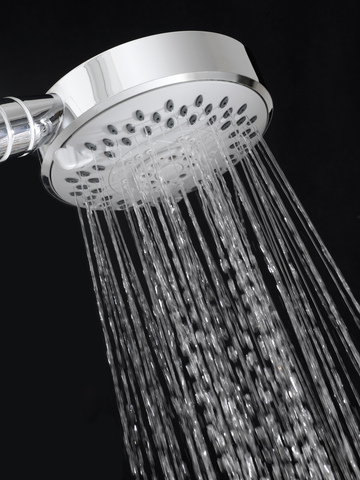
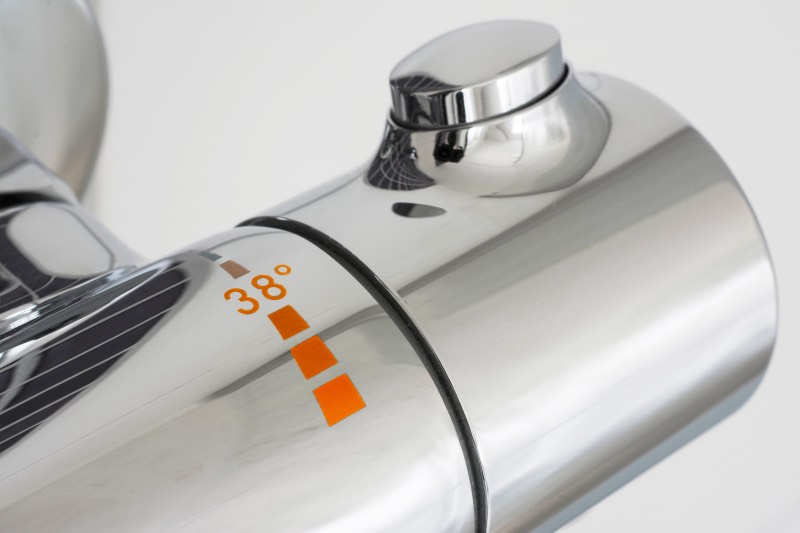
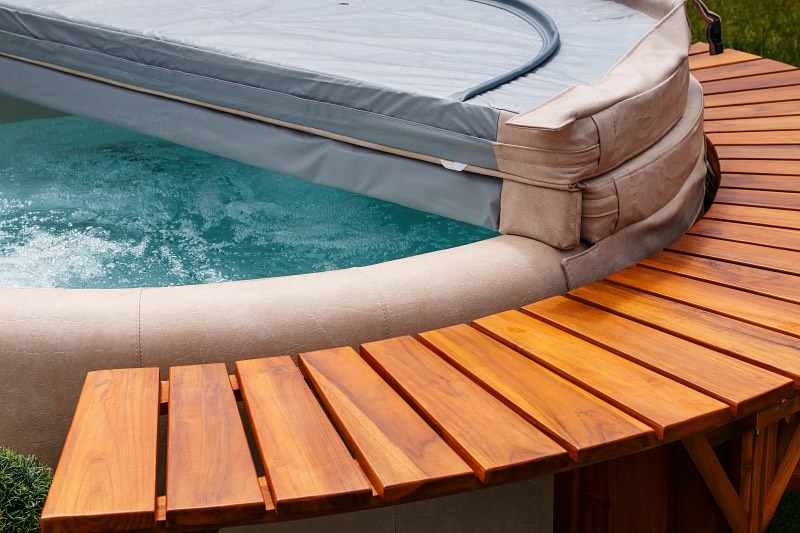
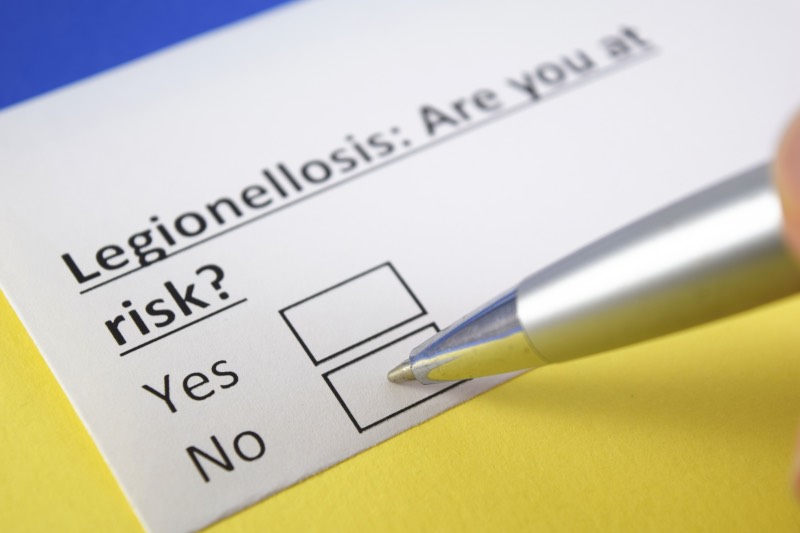
Thank you Your report was very helpful